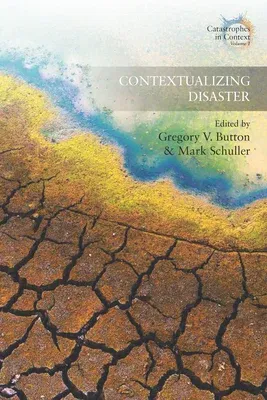Contextualizing DisasterHardcover, 1 September 2016

Qty
1
Turbo
Ships in 2 - 3 days
In Stock
Free Delivery
Cash on Delivery
15 Days
Free Returns
Secure Checkout

Part of Series
Catastrophes in Context
Print Length
214 pages
Language
English
Publisher
Berghahn Books
Date Published
1 Sep 2016
ISBN-10
1785332805
ISBN-13
9781785332807
Description
Product Details
Book Format:
Hardcover
Country of Origin:
US
Date Published:
1 September 2016
Dimensions:
23.11 x
15.75 x
1.78 cm
ISBN-10:
1785332805
ISBN-13:
9781785332807
Language:
English
Location:
New York, NY
Pages:
214
Publisher:
Series:
Weight:
657.71 gm